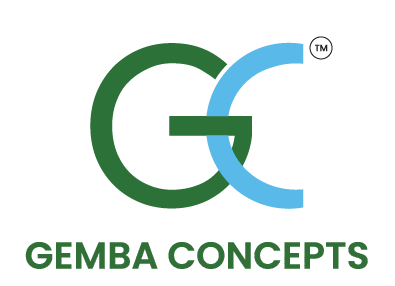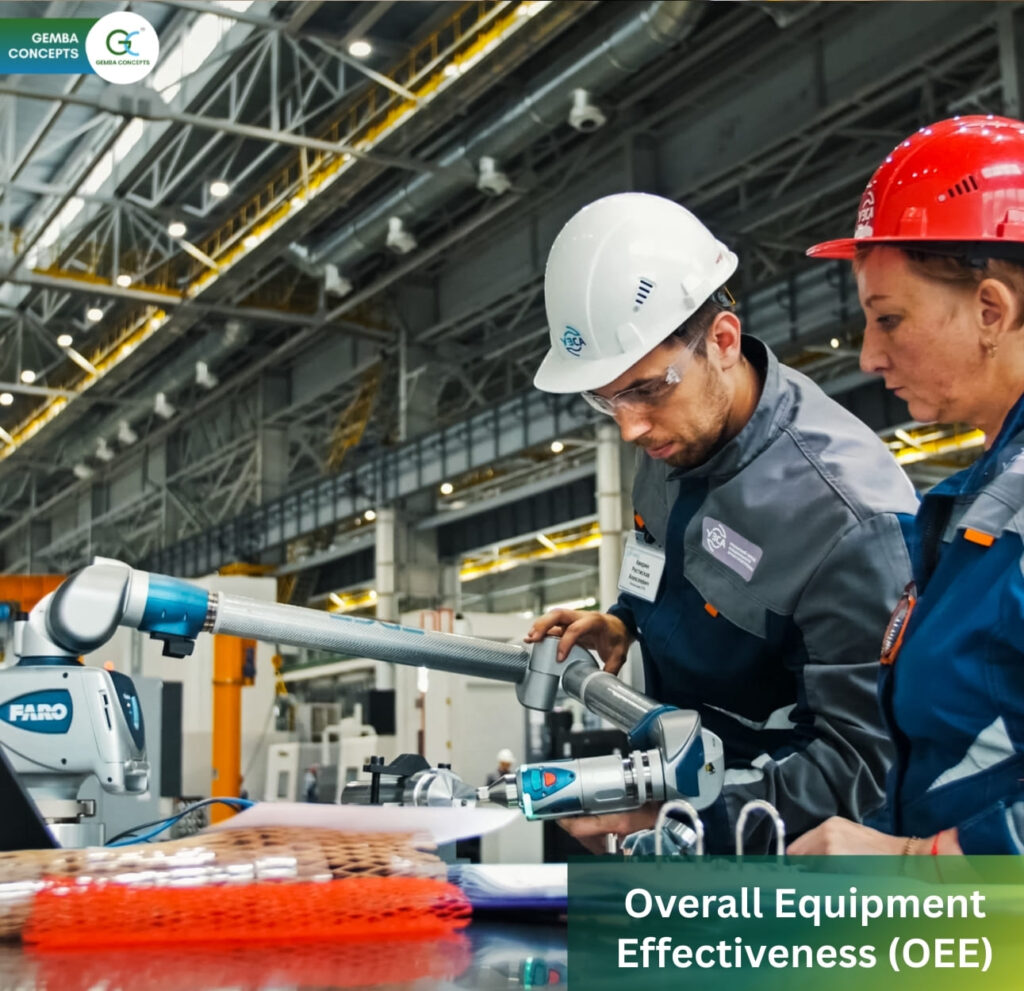
Introduction:
In the realm of quality management, organizations are constantly striving for excellence, seeking ways to improve processes, reduce errors, and enhance customer satisfaction. One vital tool in this pursuit is the Corrective and Preventive Action (CAPA) process. CAPA is an integral component of quality management systems, enabling businesses to identify, investigate, and rectify issues while implementing preventive measures to prevent their recurrence. This article delves into the concept of CAPA, its importance, and how it contributes to organizational growth and continuous improvement.
What is CAPA?
Corrective and Preventive Action (CAPA) is a systematic approach employed by organizations to identify, address, and prevent non-conformities, deviations, or deficiencies in products, processes, or quality systems. The primary objective of CAPA is to detect and correct problems, as well as to implement measures to prevent their recurrence, ultimately enhancing the overall quality and reliability of products or services.
The CAPA Process:
The CAPA process typically involves the following key steps:
Issue Identification: The first step in the CAPA process is to identify the issue or non-conformity through various means, such as customer complaints, internal audits, quality data analysis, or regulatory requirements. This ensures that problems are captured and addressed promptly.
Problem Investigation:
Once an issue is identified, a thorough investigation is conducted to determine its root cause. This involves gathering relevant data, analyzing the problem, and using various problem-solving techniques such as the 5 Whys, fishbone diagrams, or fault tree analysis. The goal is to uncover the underlying causes and understand the contributing factors.
Corrective Action:
Based on the investigation, corrective actions are developed and implemented to address the identified root cause and eliminate the problem. Corrective actions can involve process modifications, retraining employees, updating procedures, or implementing technical fixes. The effectiveness of these actions should be monitored to ensure their success.
Preventive Action:
In addition to addressing the immediate problem, CAPA also focuses on preventive measures to avoid similar issues in the future. This step involves identifying potential risks, implementing preventive actions, and monitoring their effectiveness. Preventive actions can include process improvements, regular training programs, enhanced quality controls, or updated documentation.
Verification and Monitoring:
The final step in the CAPA process is to verify the effectiveness of the corrective and preventive actions taken. This involves evaluating whether the implemented measures have resolved the problem and assessing their long-term impact. Ongoing monitoring and measurement are necessary to ensure sustained compliance and continuous improvement.
Benefits of CAPA:
Implementing an effective CAPA process offers several benefits to organizations, including:
Enhanced Quality:
CAPA helps organizations identify and eliminate the root causes of quality issues, resulting in improved product or service quality and customer satisfaction.
Compliance with Regulations:
By addressing non-conformities and implementing preventive measures, CAPA enables organizations to comply with industry standards, regulations, and customer requirements.
Continuous Improvement:
CAPA fosters a culture of continuous improvement by promoting problem-solving, data-driven decision-making, and proactive risk management.
Cost Reduction:
Through the identification and elimination of issues, CAPA helps organizations minimize rework, waste, and customer complaints, leading to cost savings.
Organizational Learning:
CAPA encourages knowledge sharing and organizational learning, as the process involves analyzing data, identifying trends, and disseminating lessons learned throughout the organization.
Conclusion:
Corrective and Preventive Action (CAPA) is a fundamental process within quality management systems, enabling organizations to proactively identify and address issues while preventing their recurrence. By embracing CAPA, organizations can achieve higher levels of quality, regulatory compliance, and customer satisfaction.



